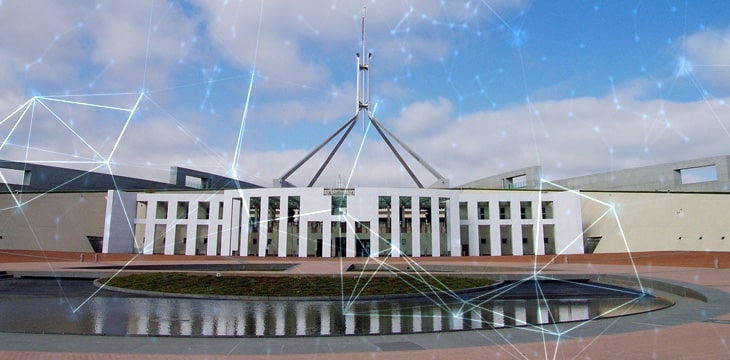
|
Getting your Trinity Audio player ready... |
The Australian federal government has unveiled its new digital transformation strategy, vowing to do more to encourage digital transformation amid the recovery from the effects of the COVID-19 pandemic.
In a discussion paper called Digital Transformation Strategy 2.0, the government said investment in public sector staff and reusable technology would help usher in a new era of progress.
“In the next five years it is critical we continue to build on our progress and focus on developing the people capability essential to achieving digital transformation.”
The Australian government has said it is “moving from siloed capabilities to a landscape of connected platforms and services,” which it hopes will deliver better public services for the people of Australia.
“The vision is to enable better design and investment for connected government services and capabilities for Australia through initiatives such as sourcing reforms and a whole-of-government architecture.”
“This will support the identification of re-use opportunities and encourage the adoption of common platforms, implementation approaches, standards and integrated, cross-agency services providing a strong foundation for transformation.”
Announcing the new strategy, government minister Stuart Robert said transformation would require public and private sectors to work together.
“If we’re going to reap the benefits of digital transformation, for all Australians, we have to keep moving…we’re going to have to innovate and we’re going to have to get the private and the public sector together perhaps in ways they’ve not done before.”
The current digital transformation strategy was announced in November 2018, hailed at the time for its “bold” vision. The 2020 strategy now aims to make Australia one of the world’s top 3 digital governments by 2025.
“Since the launch of the Digital Transformation Strategy in late 2018 we have made strong progress towards the vision of a government which is easy to deal with, informed by you and fit for the digital age.”
Recently, New South Wales Senator Andrew Bragg pushed for blockchain as the possible “solution to one-touch government with international transactions in real time.” The lawmaker noted the potential for blockchain technology to improve government processes, as well as strengthen regulation in areas such as financial services.
See also: CoinGeek Live panel on The Future of Banking, Financial Products & Blockchain

 11-22-2024
11-22-2024


